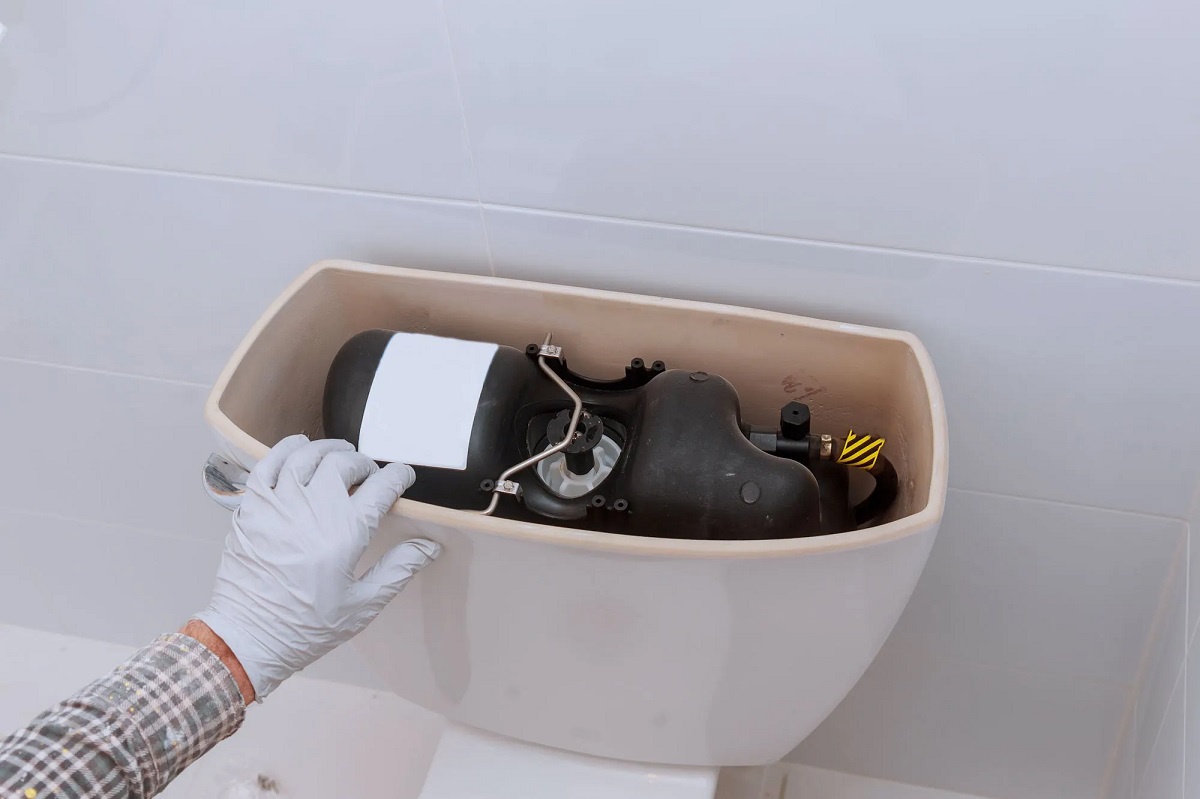

Articles
Toilet Tank Leaking When Flushed
Modified: August 25, 2024
Looking for articles on toilet tank leaking when flushed? Discover expert advice on fixing and troubleshooting this common plumbing issue.
(Many of the links in this article redirect to a specific reviewed product. Your purchase of these products through affiliate links helps to generate commission for Storables.com, at no extra cost. Learn more)
Introduction
When it comes to household plumbing issues, a toilet tank leak when flushed is one of the most common and frustrating problems that homeowners face. Not only can it lead to a significant waste of water, but it can also cause damage to the bathroom floor and surrounding areas if left unaddressed. Understanding the causes of a toilet tank leak when flushed and knowing how to fix it can save you time, money, and hassle.
In this article, we will explore the common causes of toilet tank leaks when flushed, discuss how to identify the location of the leak, and provide a step-by-step guide to fixing the issue. Additionally, we will outline the necessary tools and materials needed for the repair.
Whether you are a seasoned DIY enthusiast or a novice homeowner, this article will equip you with the knowledge and confidence to tackle a toilet tank leak when flushed and restore the proper functioning of your bathroom plumbing.
Key Takeaways:
- Don’t let a toilet tank leak when flushed cause water wastage and potential damage. Identify the issue and follow a step-by-step guide to fix it, saving time, money, and hassle.
- Understanding common causes and locating the leak is crucial in fixing a toilet tank leak when flushed. Gather the right tools and materials, and follow the step-by-step guide for an efficient repair.
Read more: Toilet Noise When Flushing
Common Causes of Toilet Tank Leaks When Flushed
A toilet tank leak when flushed can stem from various issues within the plumbing system. Understanding the common causes can help you pinpoint the source of the problem and effectively address it. Here are some of the most frequent culprits:
- Worn Out Flapper: The flapper is a rubber valve located at the bottom of the tank. Over time, it can deteriorate or become misaligned, causing water to seep into the bowl when the toilet is flushed.
- Loose or Cracked Flush Valve: The flush valve is responsible for releasing water from the tank into the bowl during the flushing process. If it becomes loose or develops cracks, water can escape and cause a leak.
- Malfunctioning Fill Valve: The fill valve regulates the water level in the toilet tank. If it fails to shut off properly, water can continuously flow into the tank and ultimately leak into the bowl.
- Improperly Installed or Damaged Washers: Washers are used to create watertight seals in various components of the toilet tank. If they are not installed correctly or become damaged, leaks can occur.
- Cracked Tank or Bowl: In some cases, cracks can develop in the tank or bowl itself, leading to leaks when the toilet is flushed. This usually requires professional repair or replacement.
It’s important to note that these causes are not exhaustive, and other factors can contribute to toilet tank leaks when flushed. Identifying the specific cause of the leak is crucial in determining the appropriate solution.
Identify the Location of the Leak
Before attempting to fix a toilet tank leak when flushed, it is essential to identify the precise location of the leak. This will help you determine which component needs to be repaired or replaced. Here are some steps you can follow to pinpoint the source of the leak:
- Inspect the Flapper: Start by removing the toilet tank lid and flushing the toilet. Watch the flapper closely to see if it is sealing properly after the flush. If water continues to leak into the bowl, the flapper may need adjustment or replacement.
- Check the Flush Valve: If the leak persists, the problem may lie with the flush valve. Carefully inspect the valve for any signs of cracks or looseness. You may need to flush the toilet again to observe the water flow and identify if the flush valve is the culprit.
- Examine the Fill Valve: Another potential location for the leak is the fill valve. Listen closely for any hissing sounds after flushing the toilet. If you hear a continuous hissing noise, it indicates that the fill valve is not shutting off properly and may need adjustment or replacement.
- Check for External Leaks: In some cases, the leak may not be originating from inside the tank but from external sources such as the tank bolts or the water supply line. Inspect these areas for any signs of water leakage.
By carefully inspecting these key components and observing the behavior of the water flow, you can likely identify the location of the leak. Once you have determined the source, you can move forward with the necessary repairs or replacements.
Step-by-Step Guide to Fixing a Toilet Tank Leak When Flushed
Now that you have identified the location of the toilet tank leak when flushed, let’s walk through the step-by-step process of fixing it. Depending on the specific cause of the leak, the following guide will help you resolve the issue:
- Turn Off the Water Supply: Start by shutting off the water supply to the toilet. Locate the valve, usually located on the wall behind the toilet, and turn it clockwise to stop the water flow.
- Empty the Tank: Flush the toilet to drain out any water remaining in the tank. Use a towel or sponge to soak up any excess water that cannot be flushed.
- Fix the Flapper: If the flapper is worn out or misaligned, it may be the cause of the leak. Remove the old flapper and replace it with a new one. Make sure the flapper is aligned properly and creates a tight seal when closed.
- Repair or Replace the Flush Valve: If the flush valve is loose or cracked, it may need to be repaired or replaced. Follow the manufacturer’s instructions to fix the issue. In some cases, a simple tightening of the valve may be sufficient.
- Adjust or Replace the Fill Valve: If the fill valve is not shutting off properly, it can lead to continuous water flow and leaks. Adjust the float or replace the fill valve if necessary. Follow the manufacturer’s instructions for proper adjustment or replacement.
- Check and Replace Washers: Inspect all washers within the toilet tank, including those on the bolts and the water supply line. Replace any worn-out or damaged washers to ensure a tight seal.
- Inspect for Cracks: If you suspect that the tank or bowl has cracks, carefully examine them. If cracks are found, it is best to consult a professional for repair or replacement.
Once you have completed the necessary repairs or replacements, turn on the water supply and test the toilet for leaks by flushing it. If there are no signs of leakage, congratulations! You have successfully fixed the toilet tank leak when flushed.
Check the bolts and gaskets connecting the tank to the bowl. Tighten or replace as needed to stop the leak.
Tools and Materials Needed
Before you start fixing a toilet tank leak when flushed, it’s important to gather the necessary tools and materials. Having everything ready will ensure a smooth and efficient repair process. Here are the key items you’ll need:
Read more: Toilet Sprays When Flushed
Tools:
- Screwdriver – to remove the tank lid and access internal components.
- Adjustable Wrench – to loosen and tighten bolts and nuts.
- Plunger – to clear any clogs that may contribute to the leak.
- Pliers – to help with removing and installing components.
- Bucket or Towel – to catch any water that may spill during the repair process.
Materials:
- Flapper – if the existing one is worn out or misaligned.
- Flush Valve – if there are cracks or if it needs tightening.
- Fill Valve – if it is not shutting off properly or needs adjustment.
- Washers – for sealing bolts and water supply line connections.
- Tank Bolt Gaskets – if the existing ones are damaged or missing.
It’s important to note that the specific tools and materials required may vary depending on the cause of the toilet tank leak. Check the manufacturer’s instructions or consult a professional if you are unsure about the necessary components for your specific toilet model.
By having all the required tools and materials ready before starting the repair, you can save time and avoid unnecessary trips to the hardware store. A prepared and organized approach will help you complete the repair efficiently and effectively.
Conclusion
A toilet tank leak when flushed can be a frustrating and wasteful problem, but with the right knowledge and tools, it can be resolved relatively easily. By understanding the common causes of the leak, identifying the location of the problem, and following the step-by-step guide, you can fix the issue and restore the proper functioning of your toilet.
Remember to turn off the water supply before beginning the repair process and gather all the necessary tools and materials. Whether it’s replacing a worn-out flapper, tightening a loose flush valve, adjusting the fill valve, or replacing damaged washers, each step is essential in ensuring a successful fix.
By addressing the toilet tank leak, you are not only preventing water wastage but also safeguarding your bathroom from potential water damage. Additionally, resolving the issue can save you money on water bills in the long run.
If you encounter any difficulties during the repair process, or if you suspect that there may be cracks in the tank or bowl, it is best to seek professional assistance. They have the expertise and experience to handle more complex repairs and replacements.
By taking the time to properly fix a toilet tank leak when flushed, you can ensure the long-lasting functionality of your bathroom plumbing and the comfort of your home. Remember, a well-functioning toilet is crucial for everyday convenience and hygiene.
So, roll up your sleeves, gather your tools, and get ready to fix that leak. Your efforts will be rewarded with a well-functioning toilet and peace of mind.
Frequently Asked Questions about Toilet Tank Leaking When Flushed
Was this page helpful?
At Storables.com, we guarantee accurate and reliable information. Our content, validated by Expert Board Contributors, is crafted following stringent Editorial Policies. We're committed to providing you with well-researched, expert-backed insights for all your informational needs.
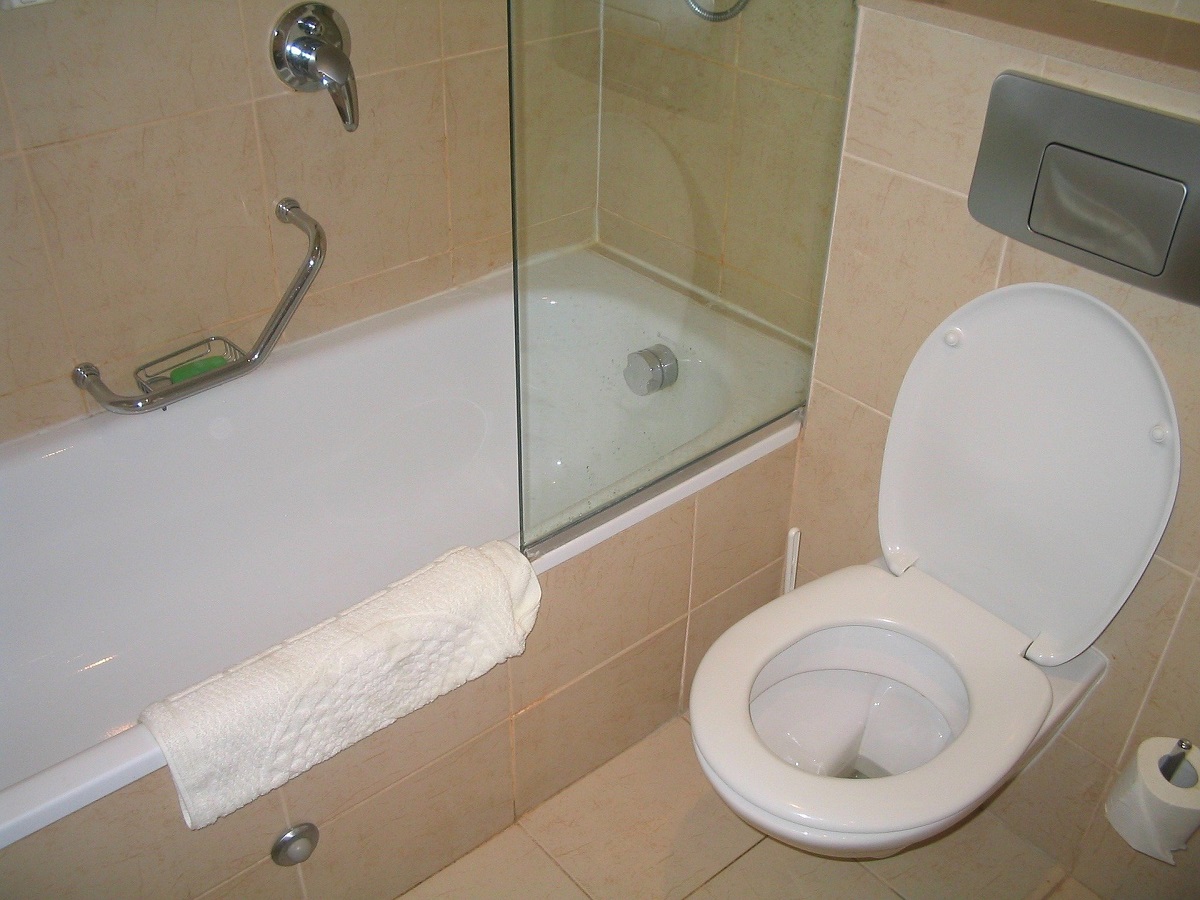
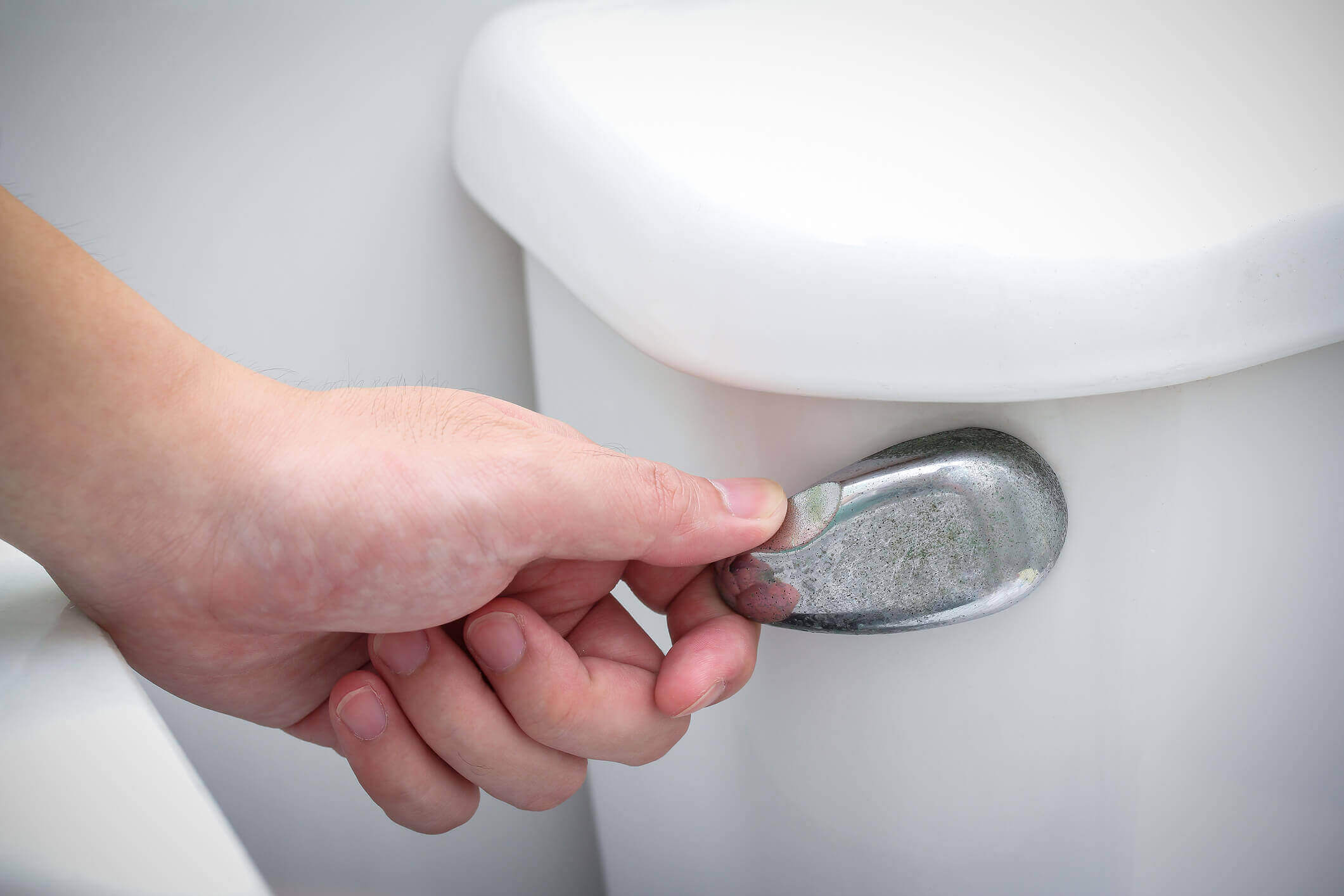
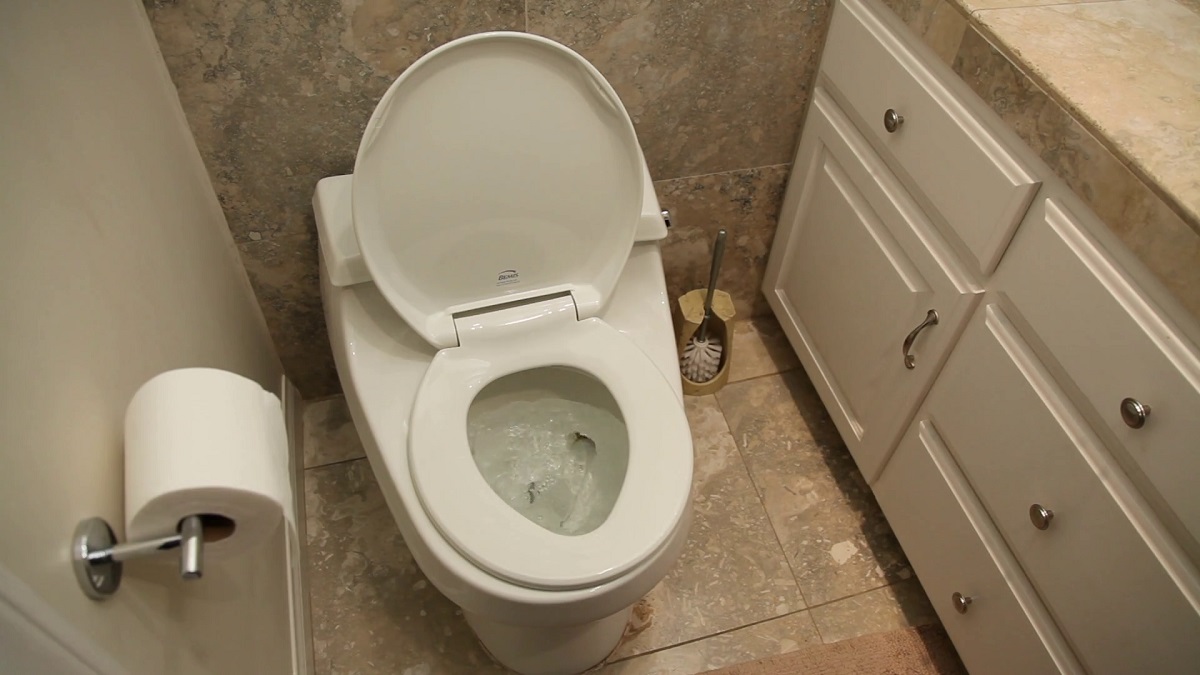
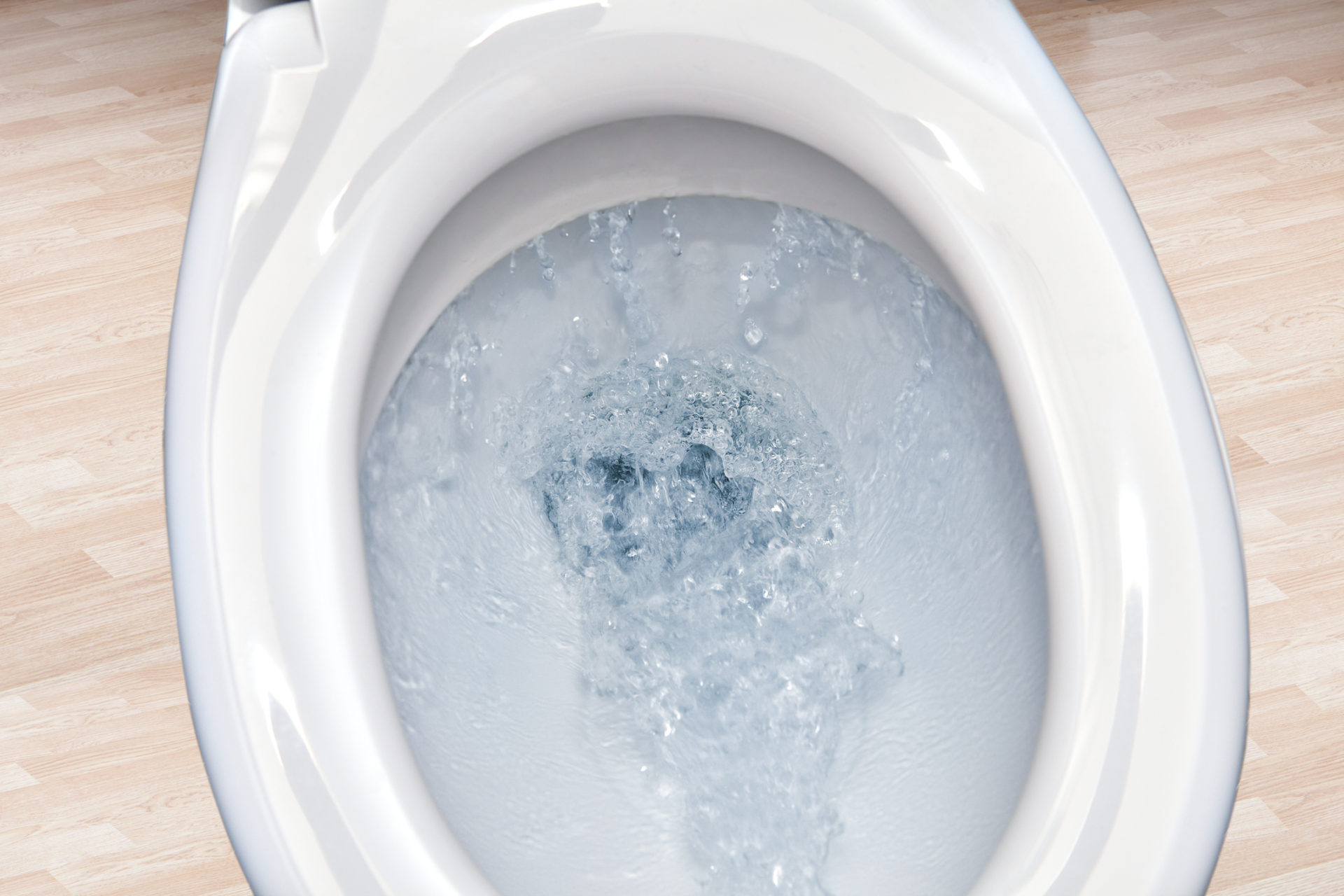
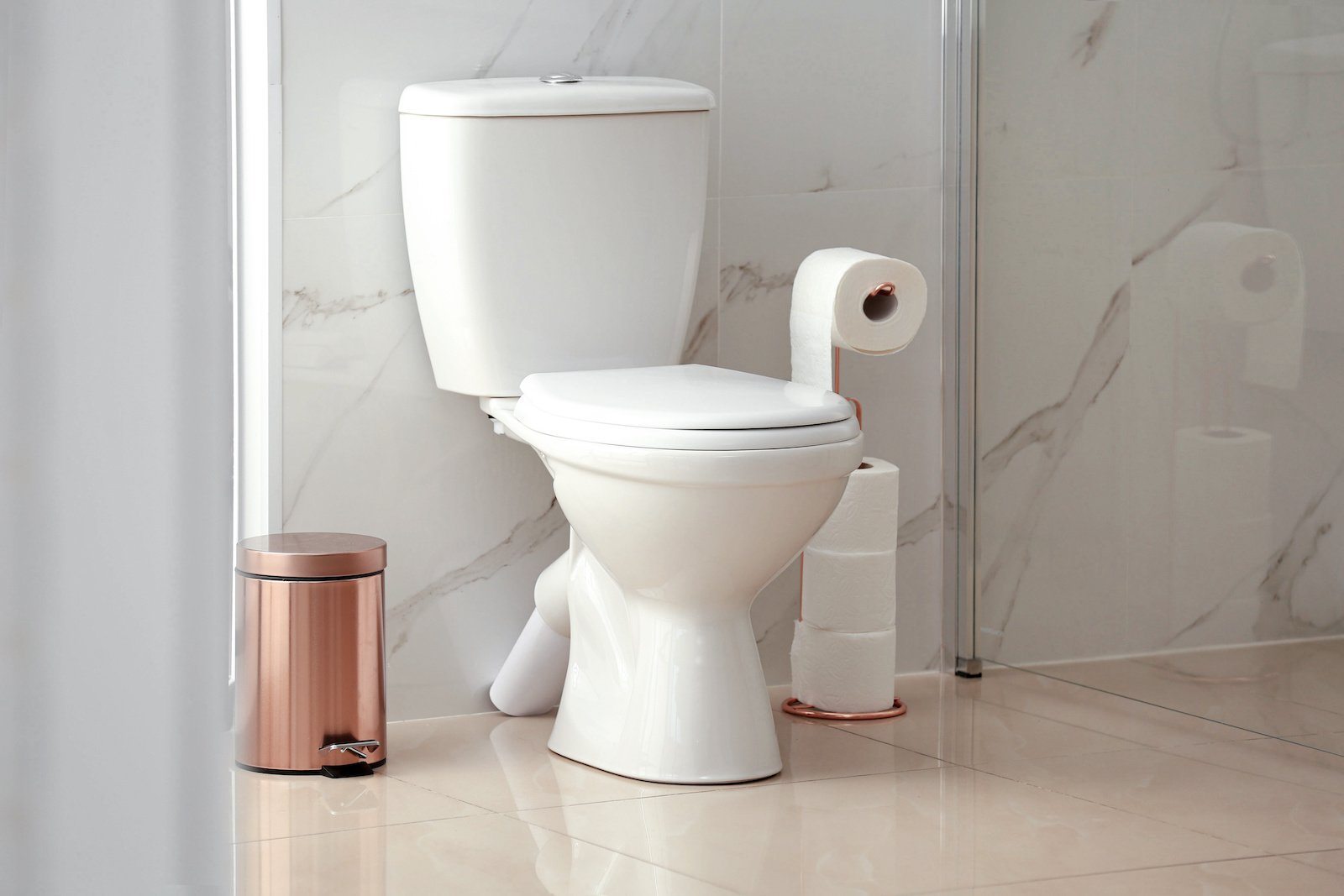
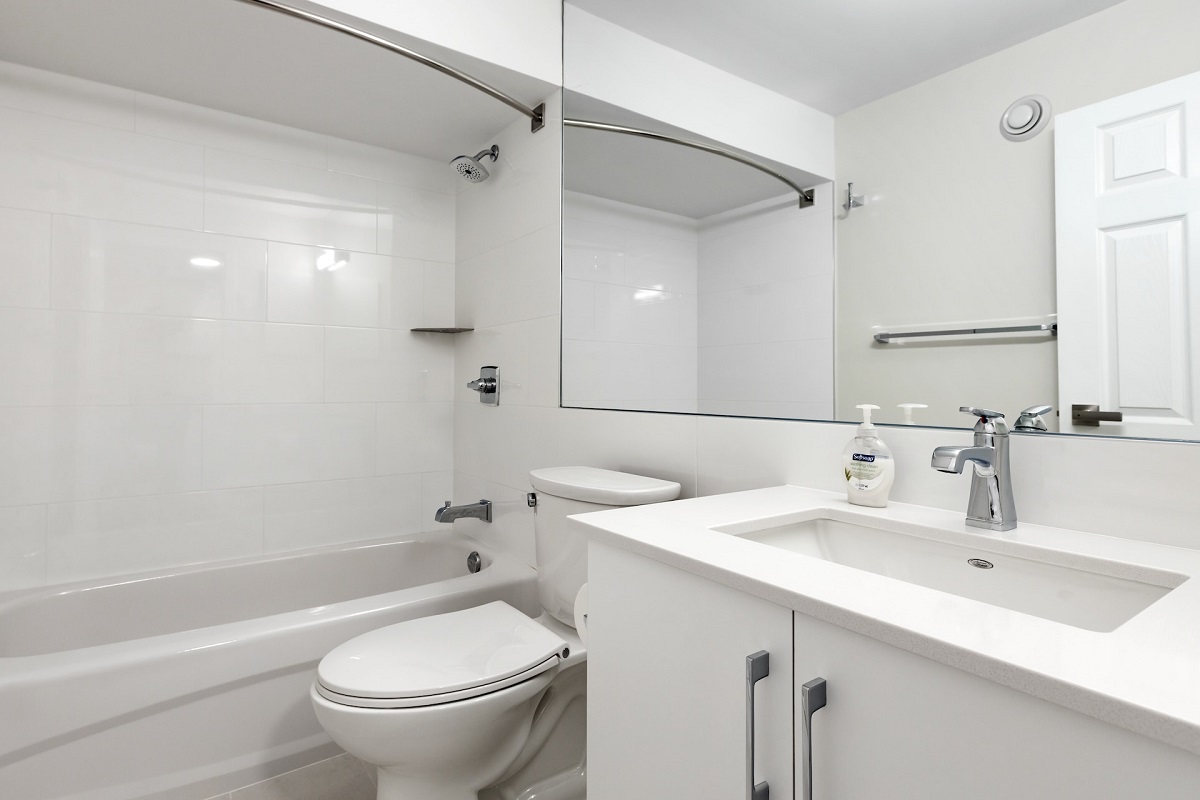
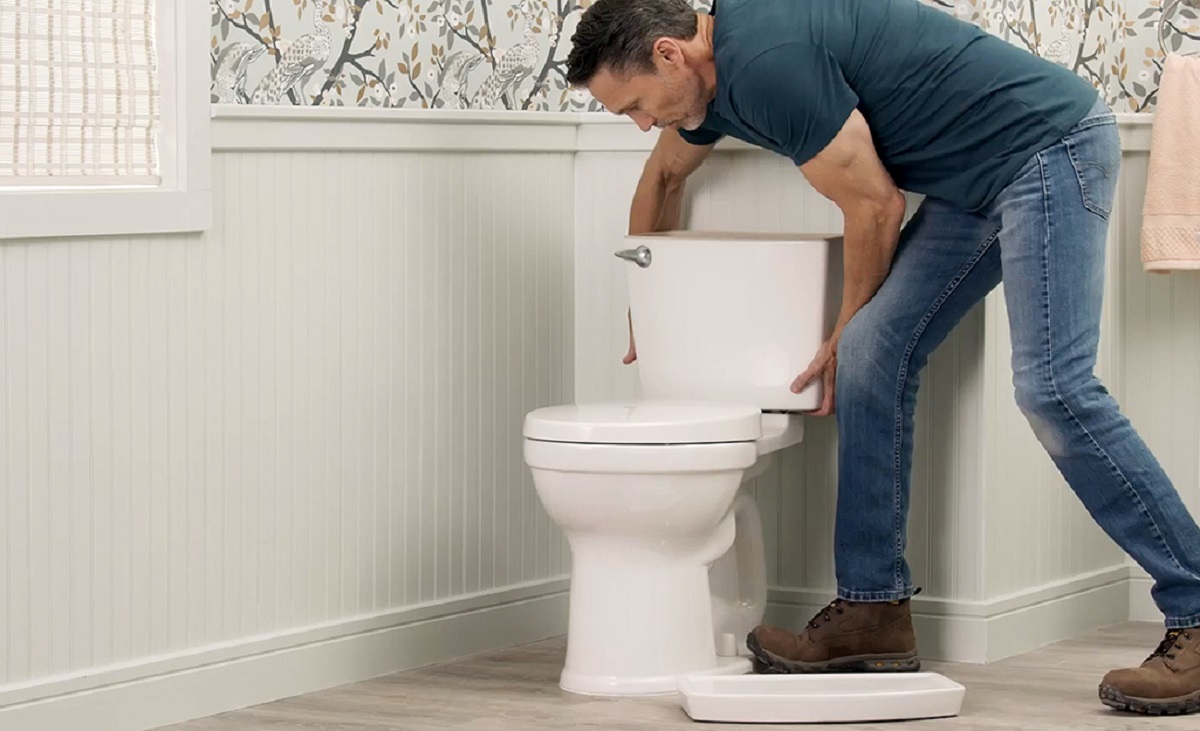

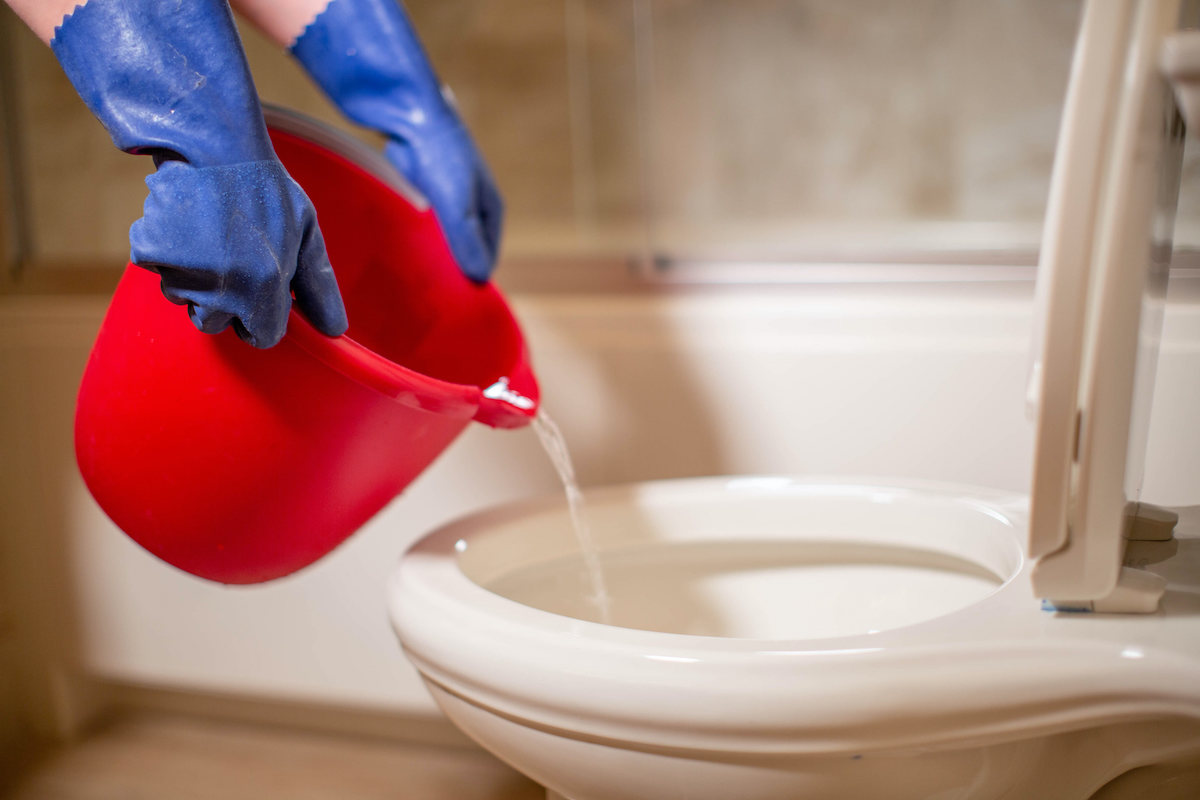
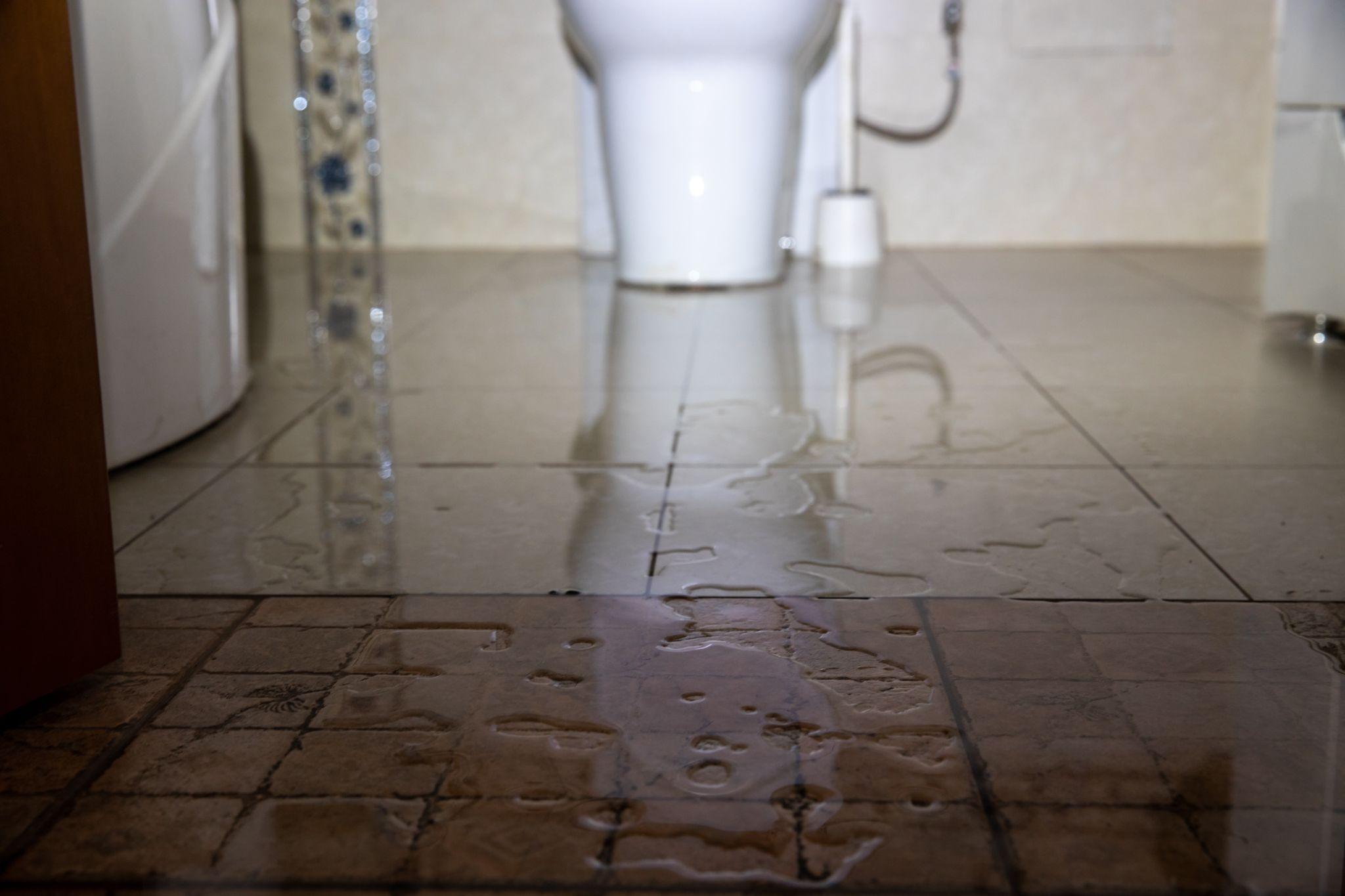
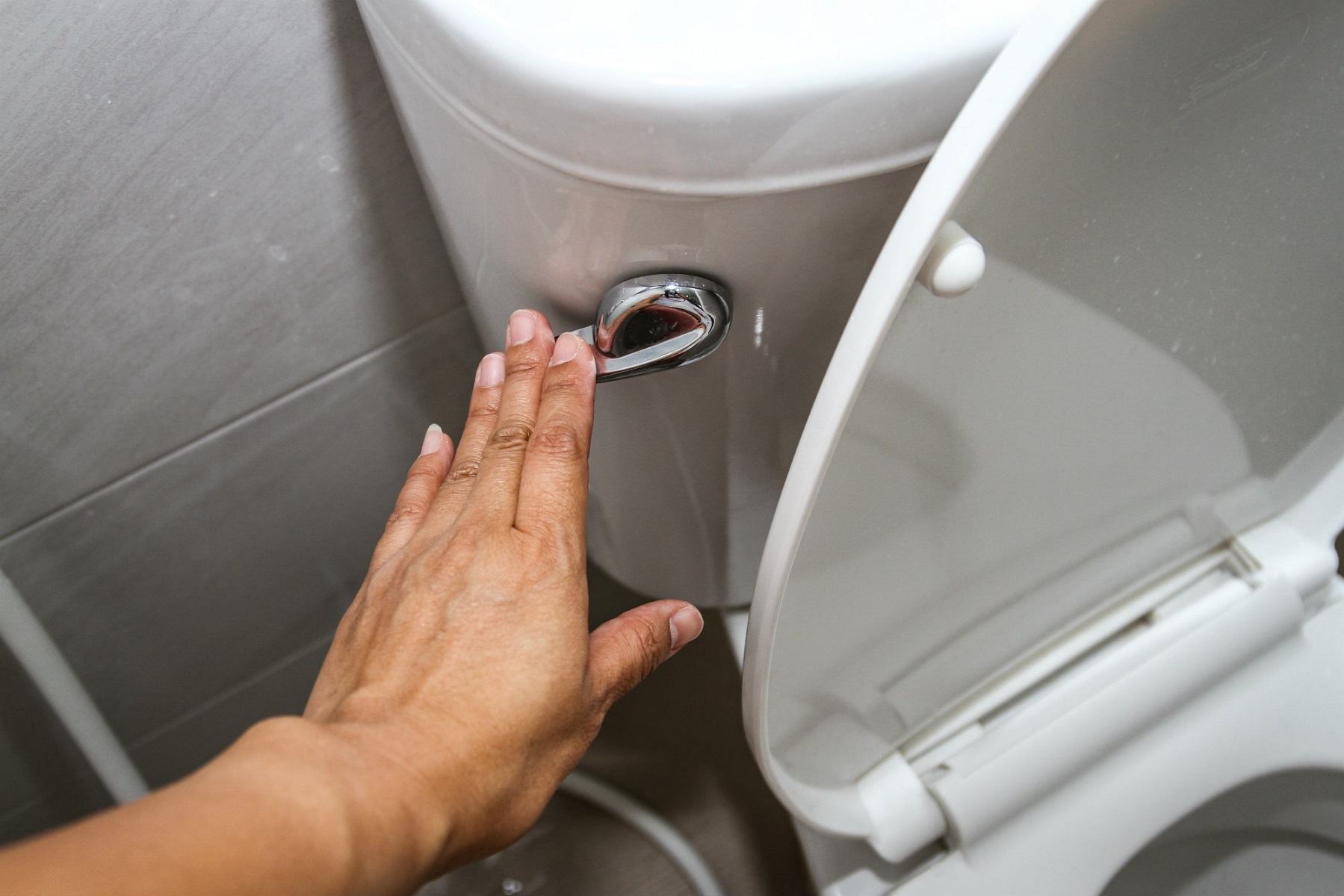
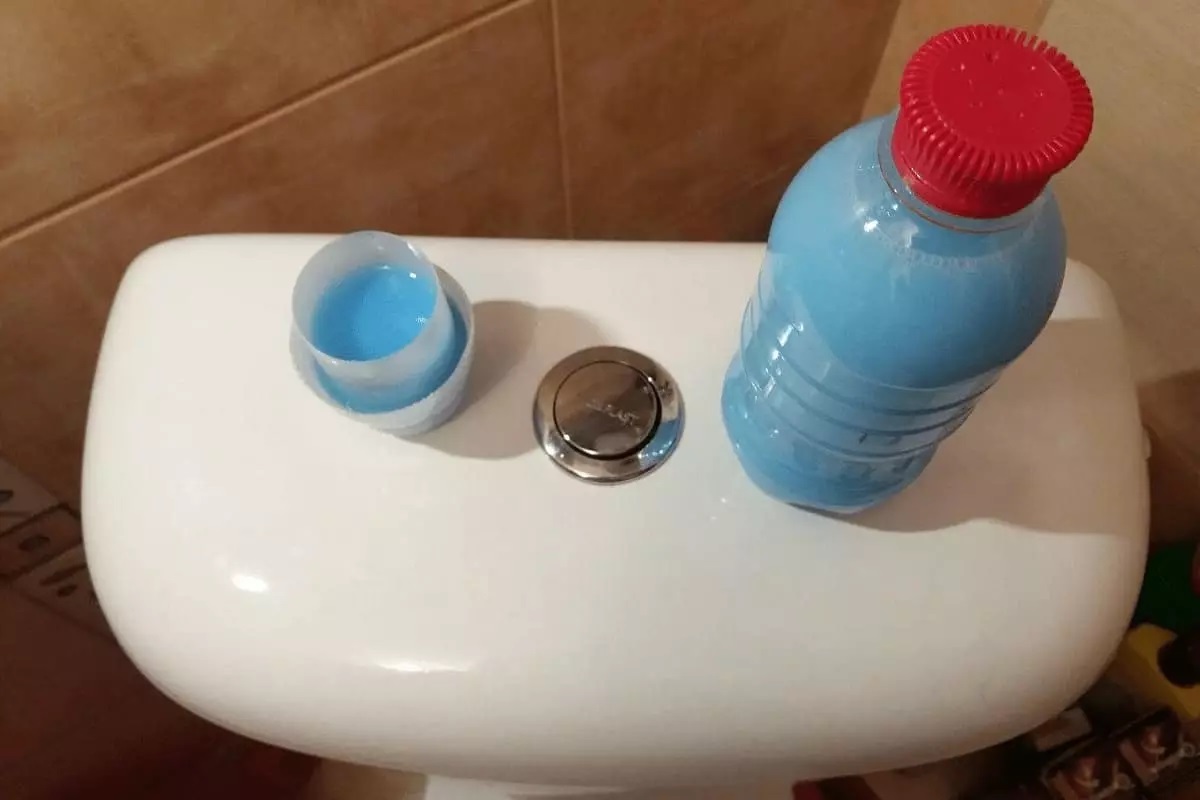
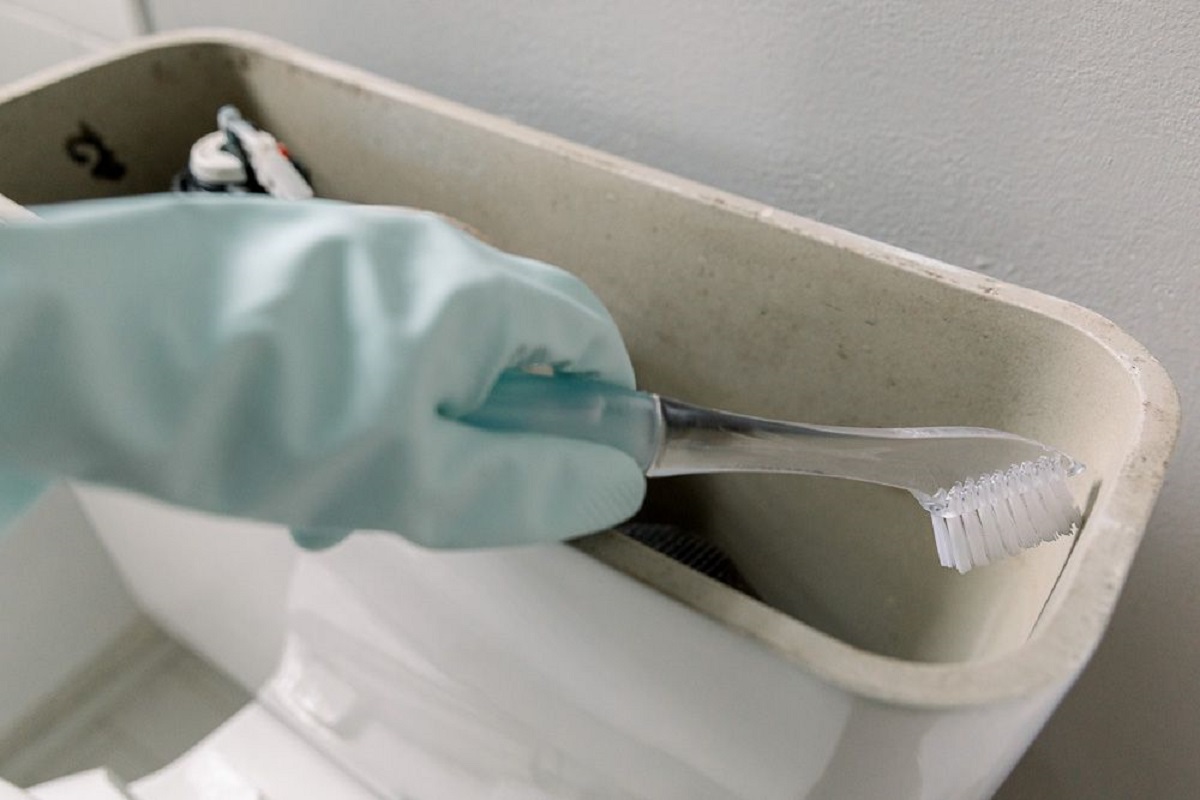
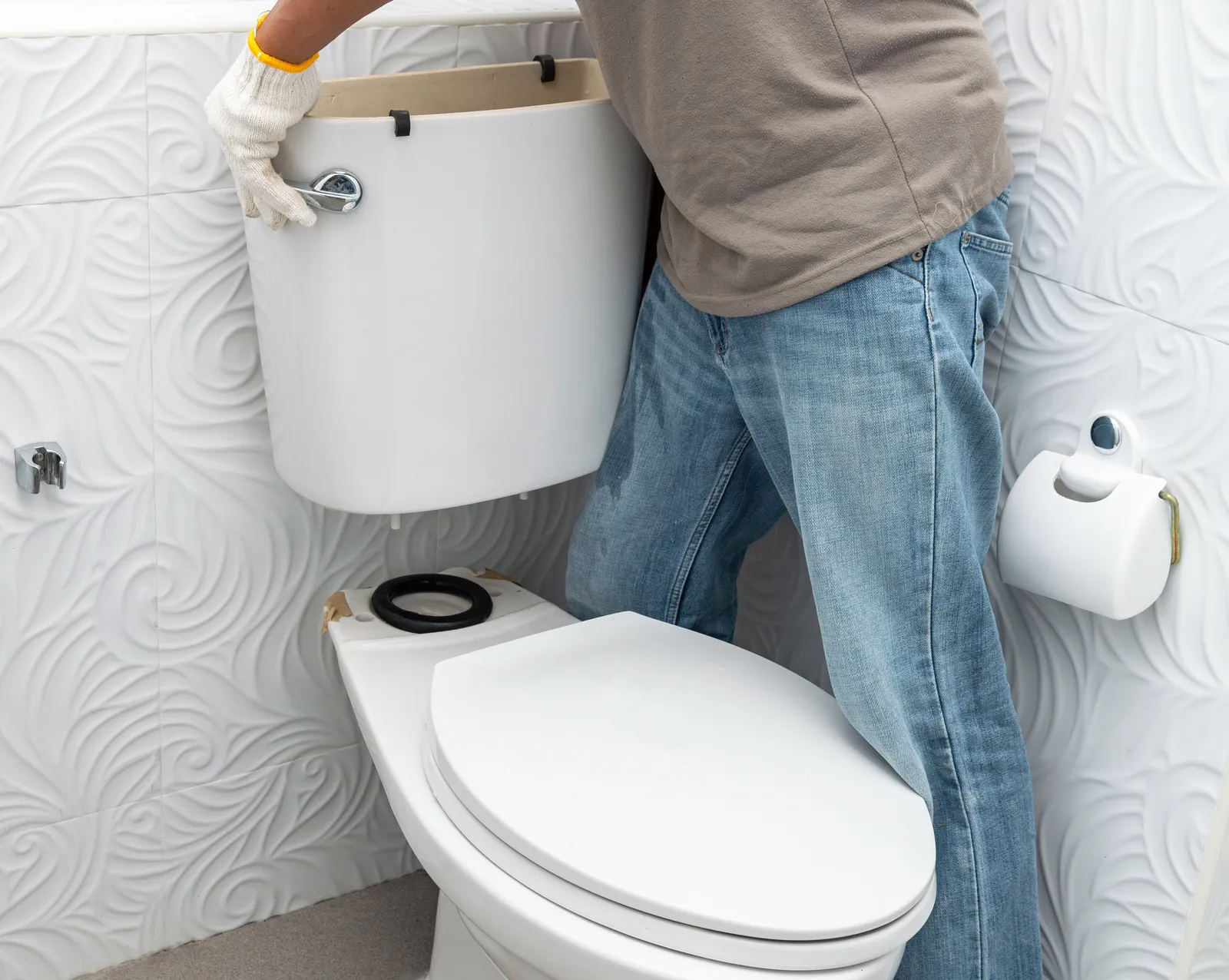

0 thoughts on “Toilet Tank Leaking When Flushed”